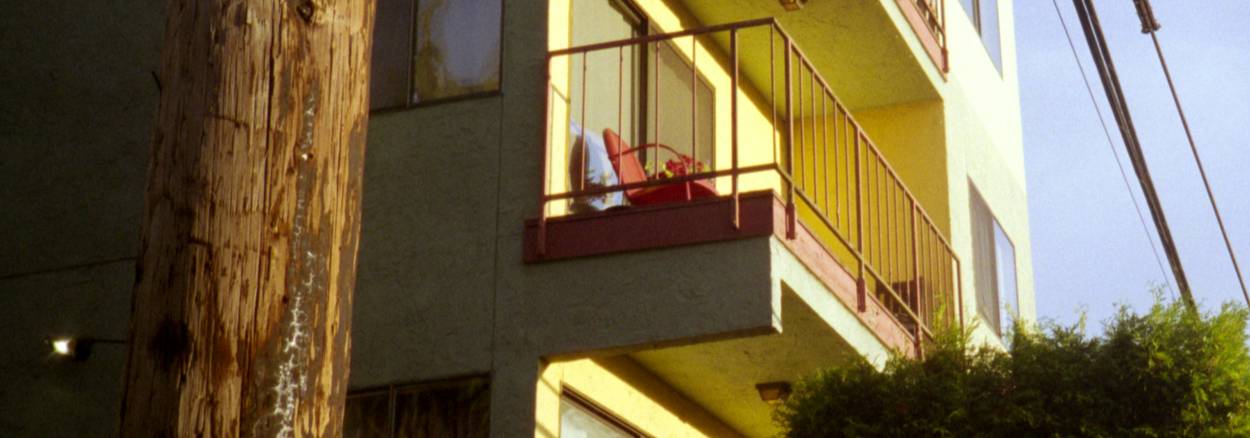Rent Caps & Increases
Since 2020, Assembly Bill 1482 has set a statewide rent cap of five percent plus the local Consumer Price Index, never above ten percent in any 12-month window. That formula protects tenants from sudden spikes while still allowing modest adjustments tied to inflation. To calculate your personal ceiling, take the most recent 12-month CPI percent change for your metro area—say 3.2 % for Los Angeles—add 5 %, and round to one decimal. If the sum exceeds 10 %, the hard ceiling prevails. Buildings first occupied within the past 15 years, single-family homes with the exemption disclosure, deed-restricted affordable units, and college dorms remain outside the cap, but local ordinances can impose stricter limits. Always confirm whether your city’s rent board sets a lower figure before accepting an increase. Example: Your rent is $1,900 and San Francisco publishes a 1.9 % cap. The maximum lawful increase is $36.10, even though the statewide formula would allow more. Ask the landlord for their CPI worksheet; AB 1482 requires disclosure of the calculation upon request. For deeper math and a free tool, see our rent-increase guide. If your landlord issues two hikes within one year, the second notice is void, and you may deduct the overage from future payments.
Habitability Standards
California Civil Code §1941.1 requires every rental to be “fit for occupation,” a broad phrase that covers essentials such as safe heating, weather-tight walls, working plumbing, potable water, and secure locks. A practical way to visualize compliance is a “repair timeline ladder”: emergency defects—no heat in winter, raw sewage, electrical sparks—demand correction within 24 hours. Urgent defects—leaking roof, broken refrigerator—should be fixed within three to five days. Non-urgent defects, like a sticking window, receive the statutory 30-day deadline. Typical uninhabitable conditions include black mold, rodent infestation, or a dead smoke alarm. Tenants also carry duties: keep the unit clean, dispose of trash, and use fixtures properly. Document issues with date-stamped photos and a written notice. Start with our maintenance guide and generate a formal request through the repair request letter tool. If the owner fails to act, Civil Code §1942 allows “repair and deduct” up to one month’s rent, but only after you give proper notice and receipts. Always keep copies; courts value paperwork over oral promises. Before withholding, check local rent boards—some cities require pre-approval.
Privacy & Entry
Picture this scenario: It’s Saturday at 9 pm. Your landlord texts, “Showing the unit tomorrow at noon.” Under California privacy rules, that visit is illegal. Civil Code §1954 says landlords need 24 hours’ written notice (48 hours for email) and must enter between 8 a.m. and 5 p.m., Monday–Friday, unless you agree otherwise in writing. Acceptable reasons include repairs, agreed-upon inspections, or to show the unit after you’ve served a notice to vacate. Emergencies—smoke, water flooding—allow immediate entry without notice. If unannounced walk-ins continue, send a polite but firm message stating, “Please respect the legal 24-hour rule. Future entries without notice will be deemed trespass.” A ready-made wording lives in our landlord-entry guide. Document each incident with time-stamped video or witness statements. A pattern of intrusions may entitle you to damages or injunctive relief.
Anti-Retaliation Protections
California’s retaliation statute, Civil Code §1942.5, erects a 180-day safety shield around tenants who assert legal rights. File a code complaint, request repairs, or join a tenant union today, and for the next six months your landlord cannot lawfully raise rent, serve a no-fault termination, or shut off utilities in response. Courts can award triple damages plus attorney fees for violations. Think of it as a flow-chart: (1) You engage in a protected activity, (2) The landlord takes adverse action, (3) If within 180 days, retaliation is presumed. The owner may rebut by showing a legitimate reason—non-payment, lease breach, or an Ellis Act withdrawal. Keep a timeline of events: date of repair letter, date of retaliation, screenshots of any threats. For a detailed breakdown, visit our retaliation page. If you need immediate remedies, local rent boards can order rent rollback and civil penalties within weeks, often faster than court.
Discrimination & Fair Housing
Both the federal Fair Housing Act and California’s Fair Employment and Housing Act (FEHA) prohibit discrimination based on protected traits such as race, religion, disability, family status, gender identity, or source of income. FEHA adds state-specific categories like sexual orientation and immigration status. If a landlord refuses to rent to a Housing Choice Voucher holder or says “no kids,” that’s illegal. The law also mandates “reasonable accommodations,” for example allowing an emotional-support animal even in a “no-pets” building. Document discriminatory statements via email BCC or voice memo, then file a complaint with the California Civil Rights Department or HUD. Remember: advertising must comply, too; a listing that states “ideal for singles” could be challenged. For case studies and a protected-traits chart, see our fair-housing guide.
Tenant Action Checklist
- Document the issue with photos, videos, and a written timeline.
- Read your lease to spot any clauses that modify default statutes.
- Check local rent caps and protections on rent-increase limits.
- Send a written notice or repair request—see notice rules.
- Mark legal deadlines on your calendar and set reminders.
- Escalate to code enforcement or mediation if ignored.
- Contact legal aid before filing in court.
Frequently Asked Questions
Legal References
| Statute | What It Covers |
|---|---|
| Civil Code §1942 | Repair-and-deduct & tenant remedies for uninhabitable conditions. |
| Civil Code §1942.5 | Anti-retaliation protections and triple-damage penalties. |
| Civil Code §1946.2 | Just-cause eviction rules after 12 months of tenancy. |
| Govt Code §12955 (FEHA) | State fair-housing discrimination prohibitions and enforcement. |
